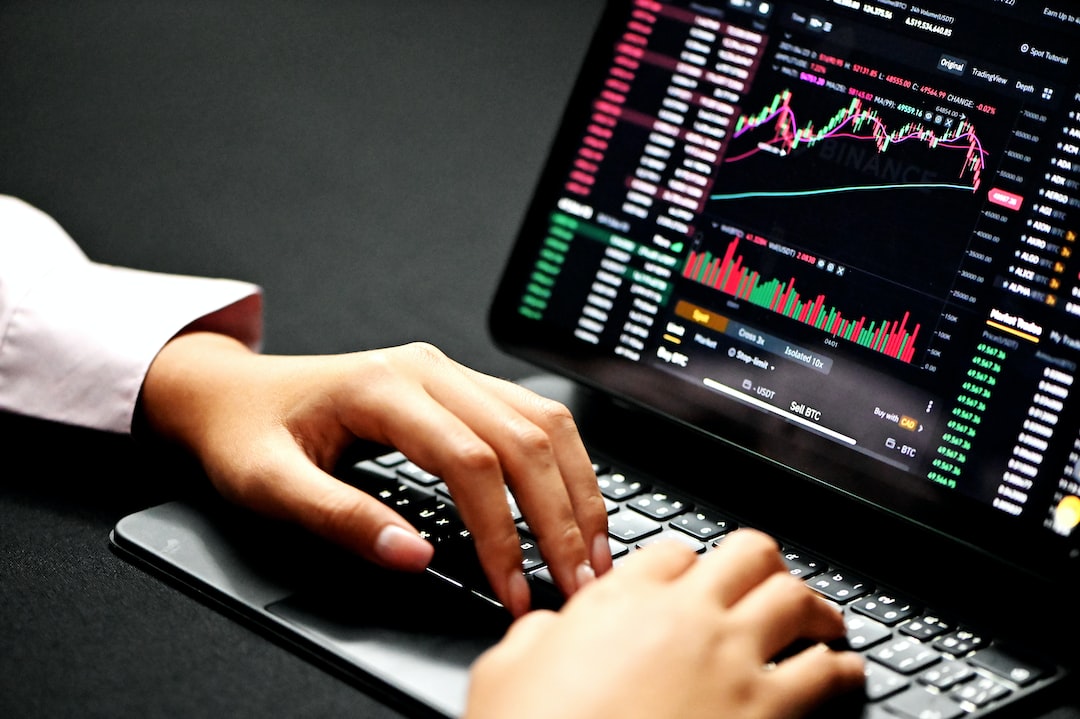The Future of Forex Broker Affiliate Programs: Trends and Predictions
Forex broker affiliate programs have become an integral part of the forex industry, offering individuals the opportunity to earn passive income by referring clients to forex brokers. These programs have been around for many years and have proven to be a successful marketing tool for brokers. However, as the forex industry evolves, so do affiliate programs. In this article, we will explore the current trends in forex broker affiliate programs and make predictions about their future.
1. Shift towards Regulation and Compliance
One of the most significant trends in the forex industry is the increasing focus on regulation and compliance. Regulatory bodies worldwide are tightening their grip on the forex industry to protect investors and ensure fair trading practices. This shift towards regulation is also affecting forex broker affiliate programs.
In the future, we can expect to see more stringent requirements for affiliates, such as mandatory registration with regulatory authorities and adherence to strict promotional guidelines. Forex brokers will have to work closely with their affiliates to ensure compliance and mitigate any potential regulatory risks.
2. Rise of Social Trading and Copy Trading
Social trading and copy trading have gained immense popularity in recent years. These platforms allow traders to connect with each other, share trading ideas, and even copy the trades of successful traders. This trend is likely to impact forex broker affiliate programs in the future.
Forex brokers may introduce affiliate programs specifically tailored for social trading platforms. Affiliates could earn a commission not only for referring new clients but also for successful trades made by their referred clients. This could incentivize affiliates to promote social and copy trading platforms and attract more traders to the forex industry.
3. Integration of Artificial Intelligence and Machine Learning
Artificial intelligence (AI) and machine learning (ML) technologies are revolutionizing the forex industry. These technologies can analyze vast amounts of data and make predictions about market trends and future price movements. In the future, we can expect to see AI and ML being integrated into forex broker affiliate programs.
Affiliates may be provided with AI-powered tools that can help them analyze market data and identify potential trading opportunities. These tools could enhance the performance of affiliates and attract more traders to the broker’s platform. Additionally, brokers may use AI and ML to optimize their affiliate programs and improve the targeting and conversion rates of their marketing campaigns.
4. Expansion into Emerging Markets
The forex industry is expanding rapidly in emerging markets, such as Asia, Africa, and Latin America. As more individuals in these regions gain access to the internet and mobile devices, the demand for forex trading is expected to rise. This expansion into emerging markets will also impact forex broker affiliate programs.
Forex brokers will need to partner with affiliates who have a deep understanding of the local market and can effectively promote their services to potential clients. Affiliates who can speak the local language and have a strong presence in these markets will be in high demand. Additionally, brokers may offer customized affiliate programs with localized marketing materials and support to attract affiliates from emerging markets.
In conclusion, the future of forex broker affiliate programs looks promising. The industry is evolving, and new trends are emerging. Affiliates who adapt to these trends and stay ahead of the curve will continue to earn significant income from forex broker affiliate programs. However, it is essential for both affiliates and brokers to navigate the changing regulatory landscape and embrace new technologies to ensure long-term success in this rapidly evolving industry.


















































